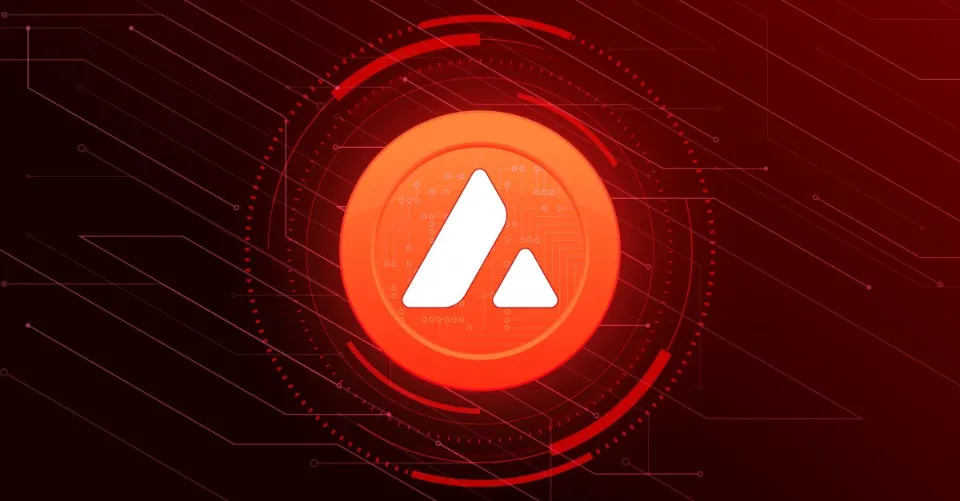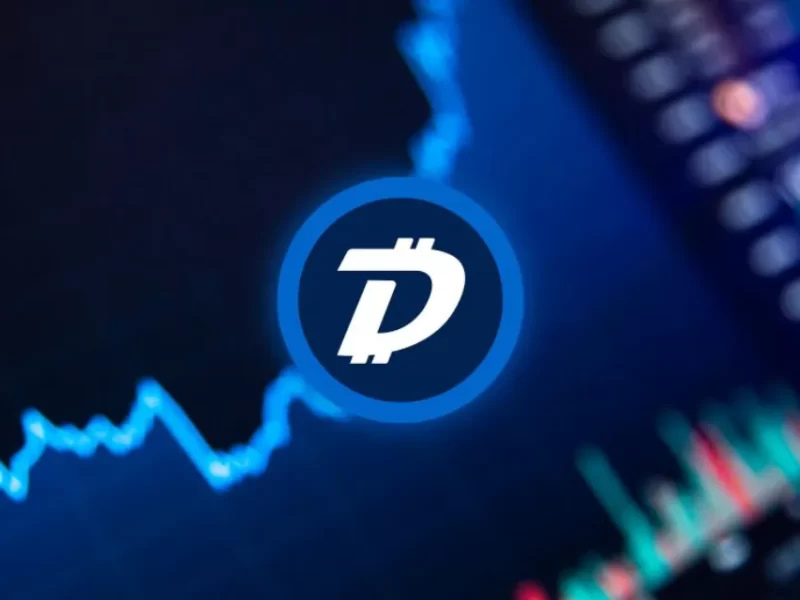It is the superior layer 1 blockchain alternative because Avalanche (AVAX) and the Avalanche C Chain have shown higher adoption than the Solana ecosystem.
The main drawback of Solana is that it is not Ethereum Virtual Machine (EVM) compatible, which makes bridging money challenging.
In this Avalanche vs Solana article, we’ll compare two of the leading Ethereum competitors. We’ll examine each blockchain’s functionality, its native assets, and the factors to take into account before interacting with it. We’ll also go over each blockchain’s throughput, speed, efficiency, cost, compatibility with smart contracts, and security.
What is Avalanche?
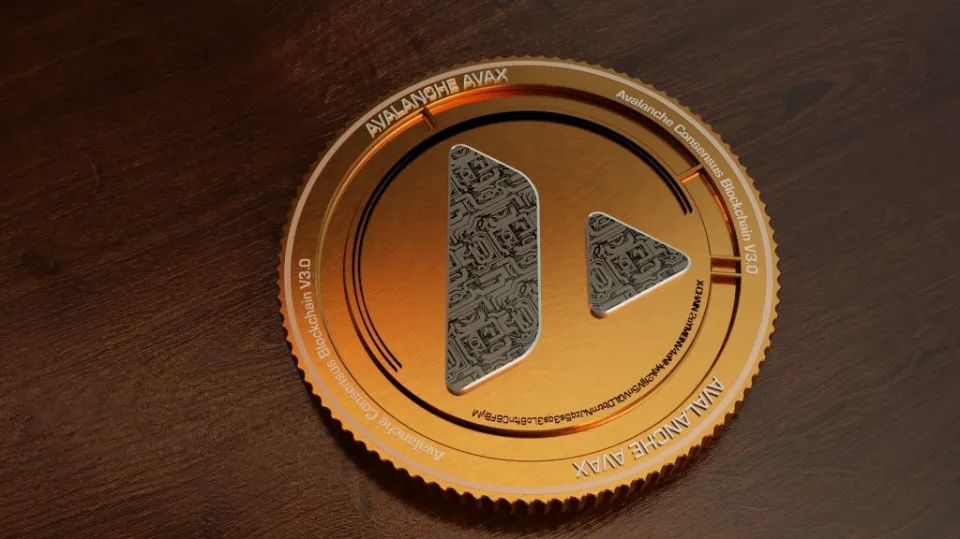
Let’s take a moment to learn more about each blockchain before examining the differences between Avalanche and Solana. Avalanche is a decentralized layer-one blockchain with smart contract functionality. It was founded in 2020 by Ava Labs and provides a highly-scalable, low-cost alternative to Ethereum, the number-one blockchain for smart contract development. The native cryptocurrency of the Avalanche blockchain is called the AVAX token. It serves as the main unit of account across the entire Avalanche network and is crucial to the protocol’s governance.
Furthermore, the Avalanche blockchain is home to a diverse ecosystem of decentralized applications (dapps), non-fungible token (NFT) marketplaces, and decentralized finance (DeFi) protocols. With a block time of about one second and a transaction throughput of about 4,500 transactions per second (TPS), the network is significantly faster than Ethereum. Additionally, Avalanche has much lower transaction fees than Ethereum, with an average fee of about $0.13.
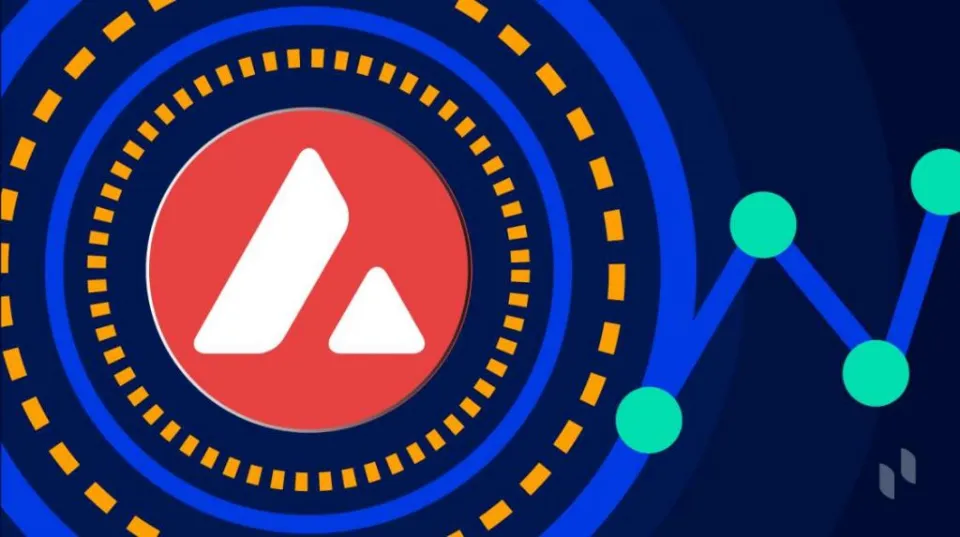
The Snow Proof-of-Stake (PoS) consensus mechanism, which uses a Directed Acyclic Graph (DAG) data structure to improve speed and efficiency, is also used by Avalanche to validate transactions. By offering a low-cost, effective, and stable development environment, the platform makes it simple for developers to build, launch, and scale dapps.
What is Solana?
Solana is also a decentralized, highly-scalable layer-1 blockchain with smart contract functionality. In a 2017 whitepaper, Anatoly Yakovenko described the proof-of-history (PoH) idea created by Solana Labs, highlighting the first iteration of Solana’s technology. As one of the top Ethereum alternatives for smart contract developers, the Solana blockchain went live in 2020. The Solana Foundation, a nonprofit dedicated to the growth of the Solana ecosystem, is in charge of overseeing the project. On-chain voting allows for community governance, though, thanks to the native SOL token.
The PoS consensus mechanism is also used by the Solana blockchain to validate transitions. However, it improves consensus using the cutting-edge PoH timestamping mechanism to create a public timeline of each transaction. Instead of relying on local clocks, PoH enables each node to share a uniform public clock. As a result, transactions can be ordered more effectively and Solana nodes don’t need to trust one another in order to be in sync.
Additionally, one of the fastest blockchains currently in use is Solana. With an average transaction fee of $0.00025 and an average block time of 400–800 ms, it can process up to 65,000 TPS.
Also Read: Crypto Compare Guide 2023 – Exchanges, Wallets, Tokens & More
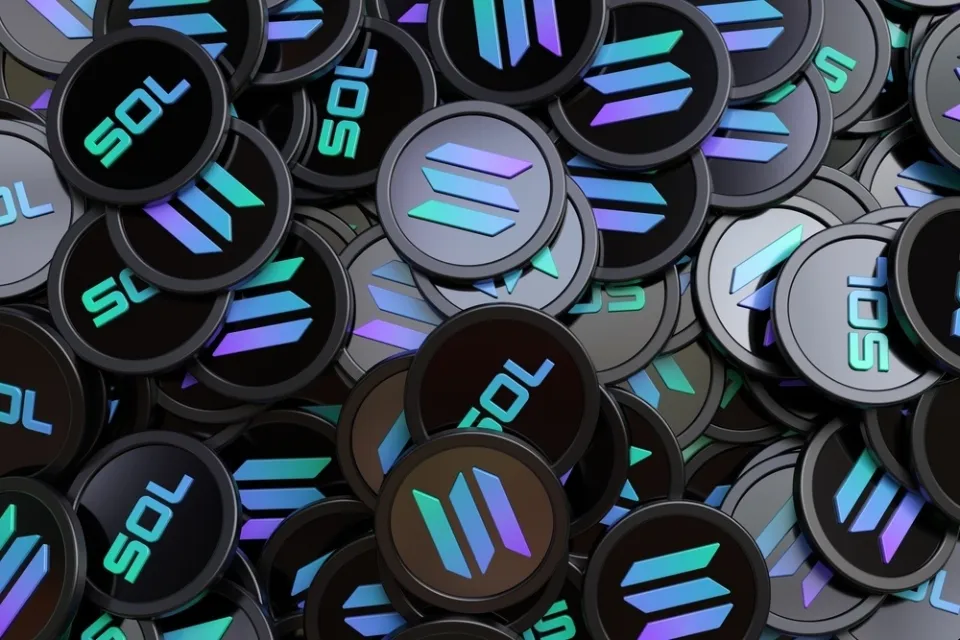
The SOL Token
The native cryptocurrency of the Solana blockchain is called the SOL token. It supports Solana’s PoS consensus mechanism and is necessary for administration, communication with dapps, and paying transaction fees on Solana. At the time of writing, the SOL token is trading at $24.46 with a market cap of $9 billion, ranking as the cryptocurrency with the 11th highest market cap. It has a circulation supply of 371.3 million out of a total supply of 539.3 million tokens. No fixed supply exists for solana. Instead, it has an annual inflation rate starting at 8% that will decrease annually until a rate of 1.5% is achieved.
AVAX Vs Solana
Following Ethereum, many investors have been watching the competition between AVAX and Solana for the second-largest EVM compatible blockchain. Through 2021 and 2022, the user bases and ecosystems of both Avalanche and Solana swelled to hundreds of thousands of users and Dapps, respectively.
AVAX and Solana are popular because they both offer offer a high degree of security and scalability, but there are some key differences between them.
Is AVAX Better Than Solana?
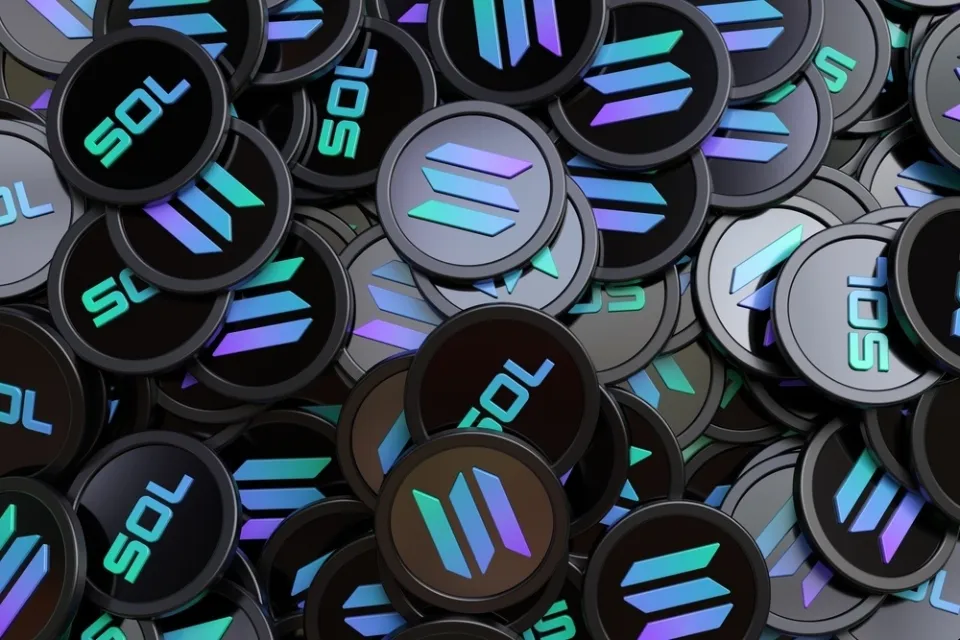
Due to their more decentralized blockchain, AVAX is a better Layer One than Solana. Solana has fewer than 20 validators, compared to the over 2,000 unique validators in the Avalanche Consensus Protocol’s network security system.
It costs hundreds of thousands of dollars to invest in the hardware necessary to run a node using the Solana consensus algorithm. As a result, Solana has a relatively exclusive ecosystem with serious centralization risks.
Avalanche Vs Solana Transaction Speed
In terms of Transactions Per Second, Solana outperforms AVAX in throughput. Because fewer nodes are needed to validate transactions on the Solana network than on the Avalanche C Chain, it is a lot faster network.
This demonstrates the trade-off the Solana team made when they decided to prioritize performance over decentralization. This is in-line with the SOL protocol’s focus to build out a DeFi and GameFi ecosystem, which requires a higher throughput.
NFT Marketplaces on AVAX and Solana
Millions of dollars are traded every day on the native blockchains of AVAX and Solana’s thriving NFT ecosystems. Compared to Solana, which has 2404 unique NFT collections, Avalanche has 200 unique NFT collections, according to DeFiLlama.
Additionally, Solana has traded more volume in NFTs than AVAX, with $115 million traded in a day as opposed to $26.49 for Avalanche.
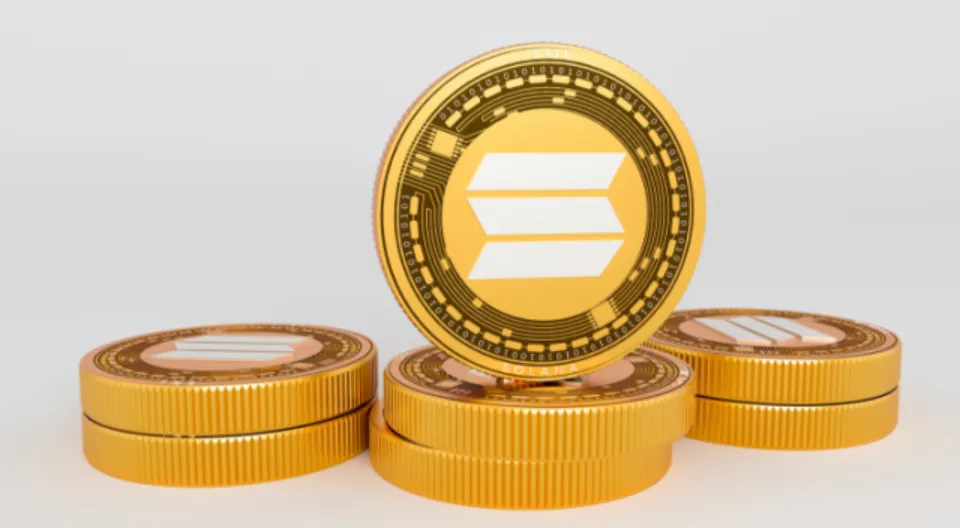
Is DeFi Better on AVAX Or Solana?
Avalanche’s total locked-in DeFi value is $10 billion, and Solana’s is $7.2 billion. This means that the liquidity for DeFi is better on Avalanche, creating a better environment for yields.
Avalanche is a superior layer one protocol for DeFi Applications than SOL, according to these liquidity dynamics.
Read our Solana Staking and AVAX Staking guides for the highest returns on both platforms.
Avalanche Vs Solana Vs Luna
Due to the fact that Avalanche, Solana, and Luna are Smart Contract Platforms that support a network of applications like GameFi, DeFi, or NFTs, they are fundamentally different from Luna.
Being the reserve asset and governance token for the UST stablecoin is a specific use case for the LUNA blockchain. This would make Luna an “application-specific blockchain” and Avalanche & Solana a “smart contract platform”.
Final Thoughts
It is difficult to determine whether one cryptocurrency platform is definitively better than another without considering specific factors and requirements. Both Avalanche and Solana are extremely decentralized, high-performance blockchain platforms with specialized functions and features. Comparing the two platforms and determining which is “better” would require a thorough analysis of their respective features, performance, and potential use cases. Before deciding to invest in or use a particular cryptocurrency platform, it is crucial to conduct thorough research and evaluation.
FAQs
Can AVAX Surpass Solana?
While both AVAX and SOL have long-term reward prospects, AVAX is more likely to outperform SOL in the medium term. Despite this, Avalanche and Solana both have a strong chance of future growth due to the rapidly expanding nature of their respective ecosystems and the crypto market in general.
Is Avalanche the Same as Solana?
Both Avalanche and Solana are faster and cheaper than Ethereum. However, Solana has a higher throughput than Avalanche. Solana has a maximum TPS of 65,000 and an average of 3,900, while Avalanche has a maximum TPS of 4,500 and an average of 20.
What Blockchain is Better Than Solana?
Both blockchains were developed to support decentralized applications, or Dapps, which give developers the ability to build their own projects, blockchains, and cryptocurrency tokens. Ethereum is more popular in this category as well, as it has over 2,900 Dapps running on its platform whereas Solana has about 350.

